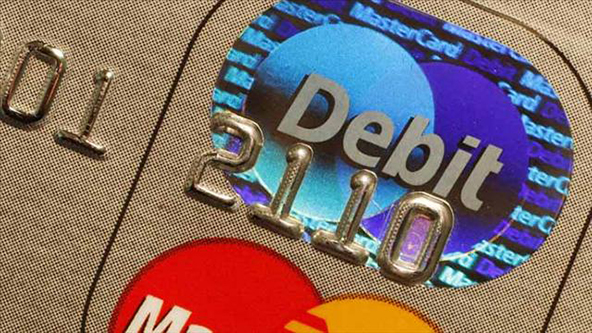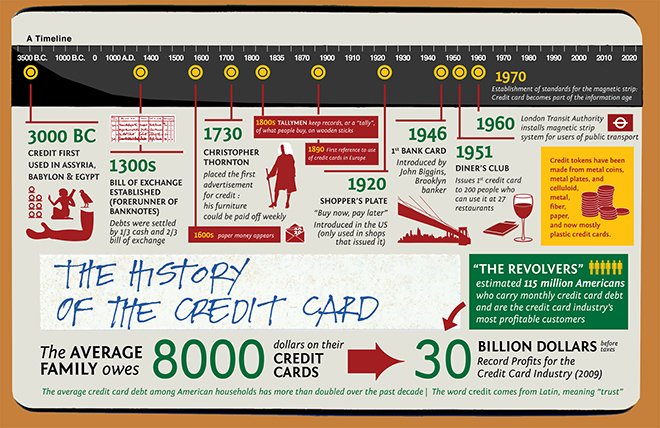Limit on Debit Card Fees to Hurt $40B-a-Year Revenue Stream for Issuers

Ever since it became certain last year that some sort of a cap would be placed on interchange fees for debit cards, issuers switched to a damage-control mode. There is a lot at stake. According to the National Retail Federation, card issuers collect more than $40 billion a year from interchange fees, which range from under one percent to above two percent per card transaction.
The new limits were called for by the “Durbin Amendment” of the sweeping financial overhaul legislation passed by Congress last year. The Durbin Amendment charges the Federal Reserve with the task of ensuring that debit card interchange fees are “reasonable and proportional” and enacting its rules by April of this year.
We soon learned how the Fed defines reasonable and proportional. Late last year Fed put forth several proposals to address the debit card fee issue. No one doubted that interchange fees were going to go down significantly, yet the proposed limits were so drastic that both Visa and MasterCard lost more than 10 percent of their share value in the wake of the announcement.
If the Fed’s proposal is enacted in its present form, debit card interchange fees would be limited at 12 cents per transaction, which is about 70 percent lower than the average fee of 44 cents per transaction last year, according to Fed analysis.
There are several options for how banks could cap interchange fees, equally unpleasant for issuers. One proposal gives banks a “safe harbor” for rates of 7 cents or less and the freedom to determine their own average cost of authorizing, clearing and settling debit transactions, up to 12 cents. Another option takes away the safe harbor, but allows any interchange rate of 12 cents or less.
Under current rules, Visa and MasterCard use their sole discretion in setting up interchange fees for both credit and debit cards. Interchange fees are collected by the card issuing banks, with a very small proportion (0.11 percent of the transaction amount) going to the Associations.
Processing banks, however, are free to add a percentage of their own to the interchange fees for the services they provide in enabling merchants to accept cards for payment. On average, the processor fee represents 25 percent of the total and the Fed rules will not affect that in any way.
To give you a better idea of exactly how the merchant fee is divided between issuers and processors, the table below offers a list of what a retailer can potentially be paying for the acceptance of Visa cards in a face-to-face environment (for the purposes of this example I am using the interchange-plus pricing model).
|
Visa Card Type and Category |
Interchange Fee |
Processor Fee |
Merchant Fee |
|
|
Current |
Proposed |
|||
| CPS / Retail Debit – All Other |
1.03% + $0.15 |
$0.12 |
0.25% + $0.10 |
0.25% + $0.27 |
| CPS / Retail Credit – All Other |
1.54% + $0.10 |
1.54% + $0.10 |
0.25% + $0.10 |
1.79% + $0.20 |
| CPS / Retail Credit Rewards |
1.65% + $0.10 |
1.65% + $0.10 |
0.25% + $0.10 |
1.90% + $0.20 |
| Commercial Business-to-Business |
2.10% + $0.10 |
2.10% + $0.10 |
0.25% + $0.10 |
2.35% + $0.20 |
So a purchase of a $1,000 TV set on a regular credit card would cost the merchant $18.10 (and more if another type of credit card is used), while the same item would cost $2.77, if paid for by a debit card.
Issuers now fear that, once the rules are in place, merchants will do everything they can to steer consumers away from more expensive types of payment (credit cards) and toward cheaper ones (debit cards).
Chances are that this will happen, but the bigger question is whether or not that would affect consumers. In the above example, the merchant would save $15.33, if the customer uses a debit card. Would some of the saving be passed on to the customer? Retailers have long claimed they would do so, but this remains to be seen.
Image credit: Wltx.com.


